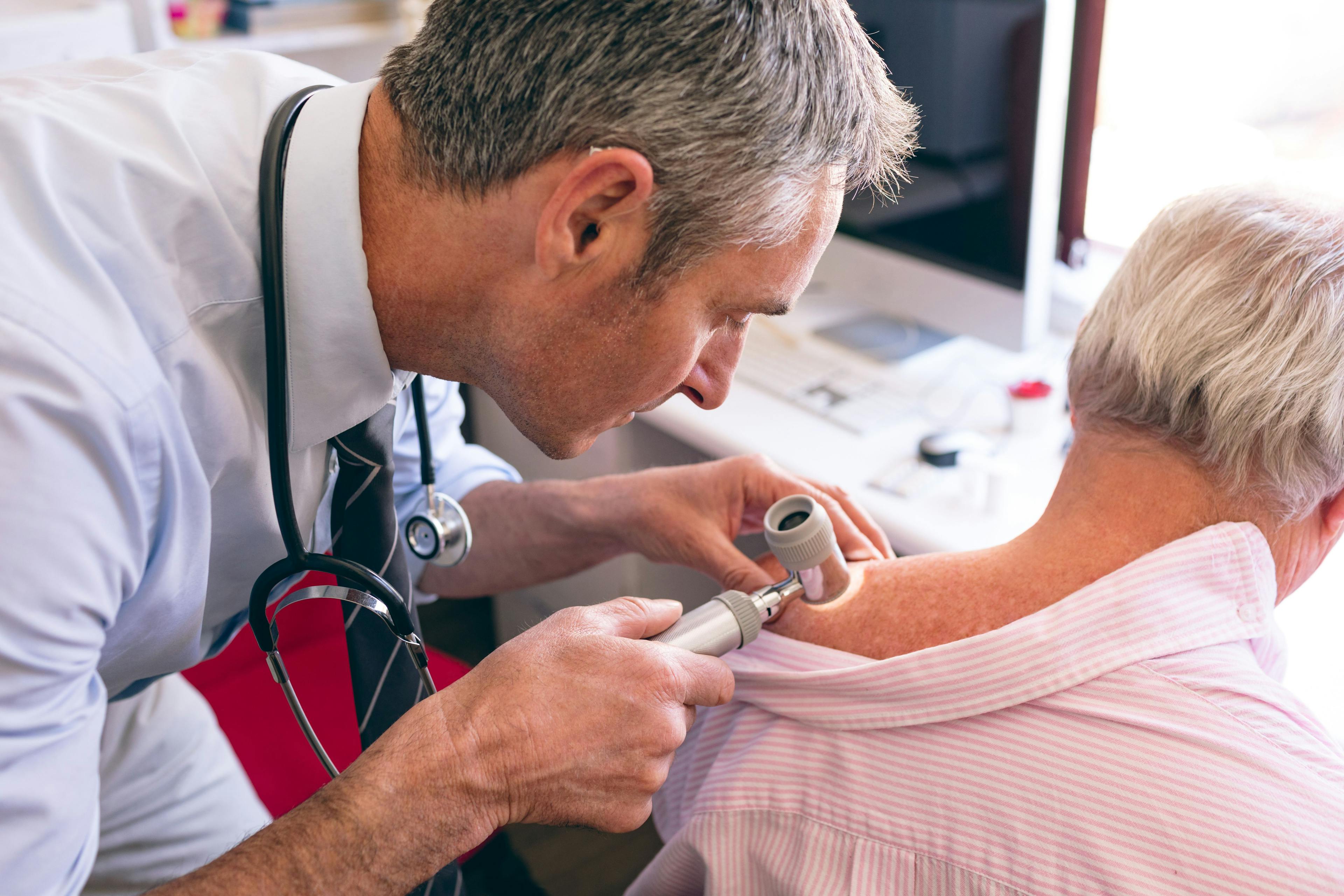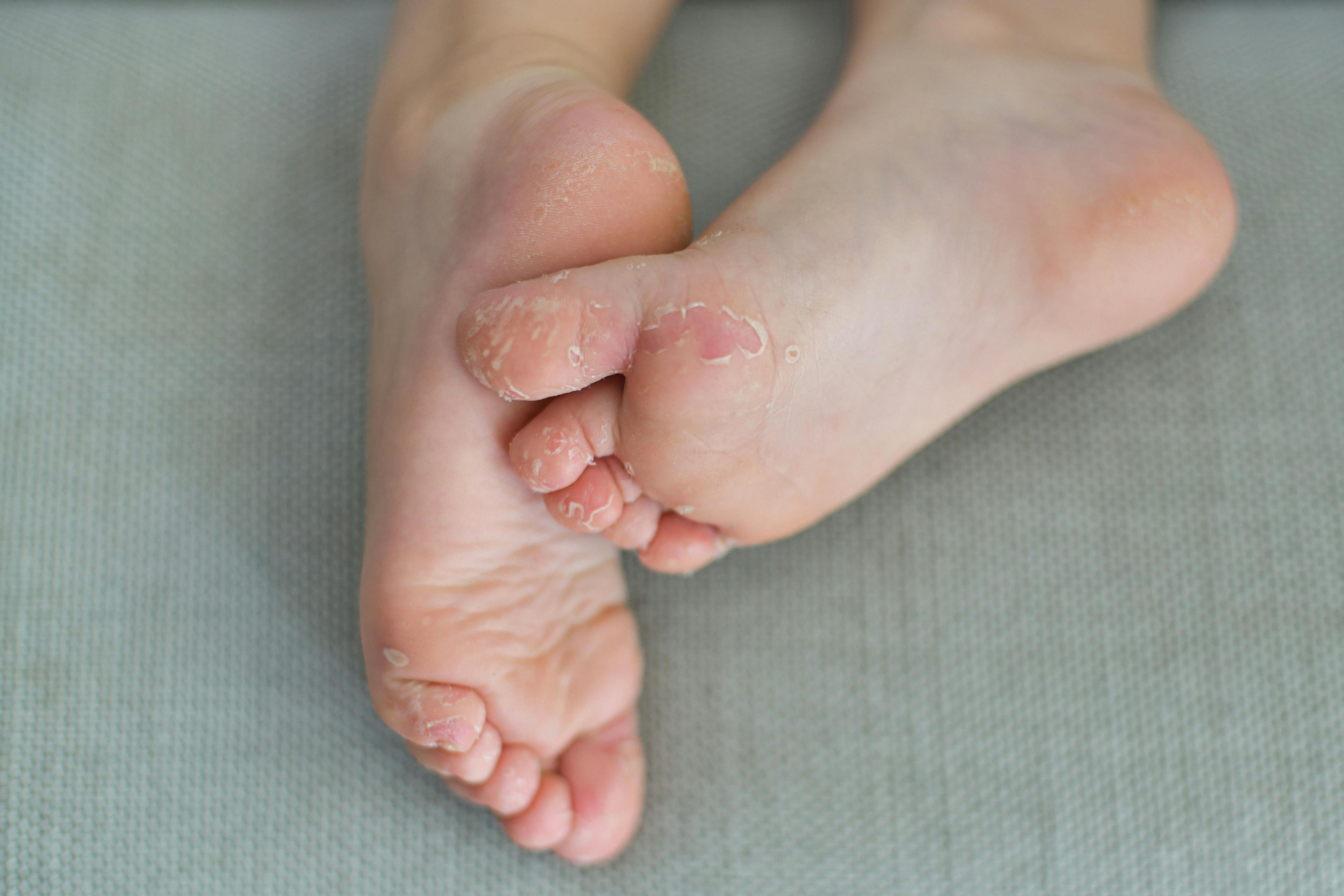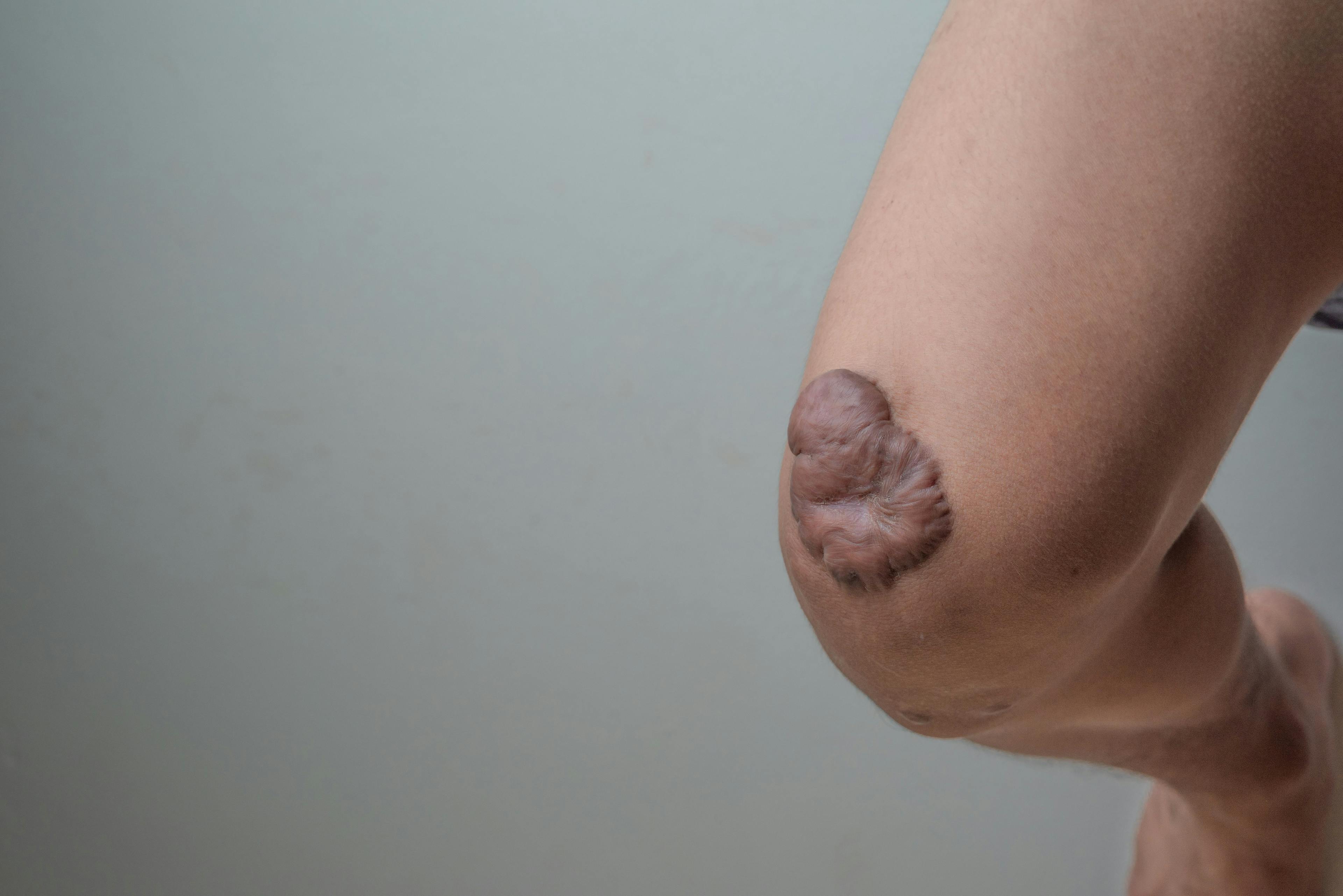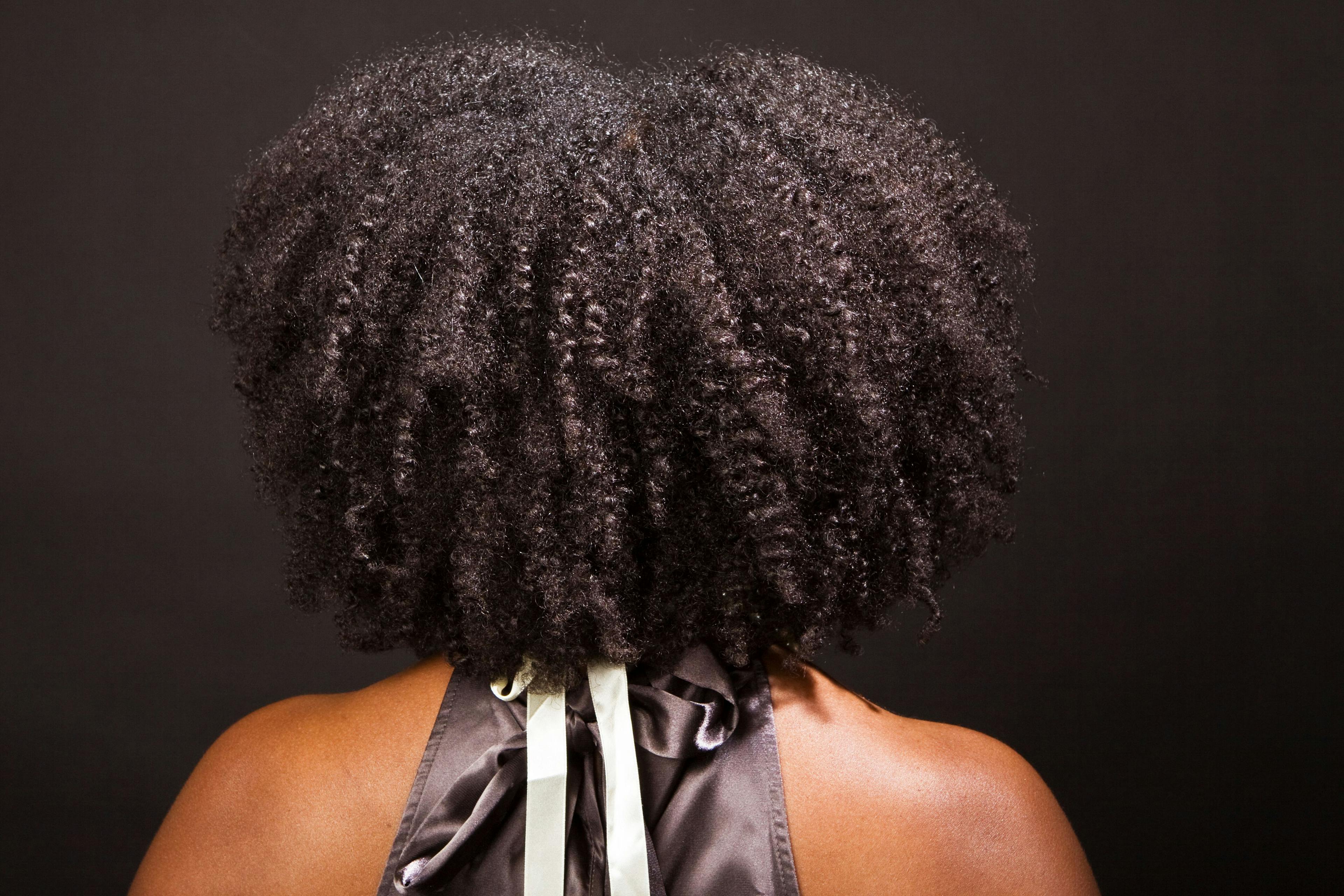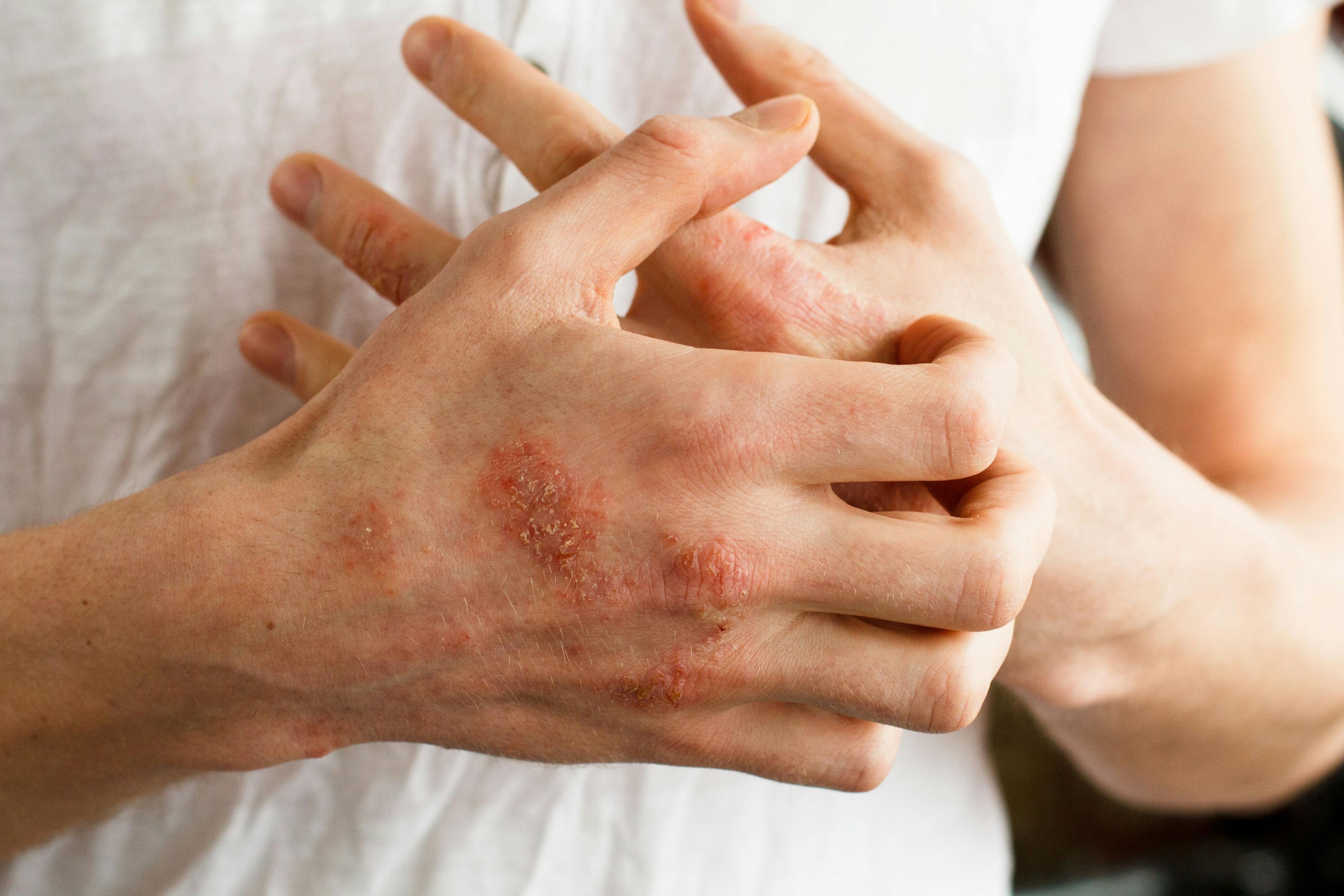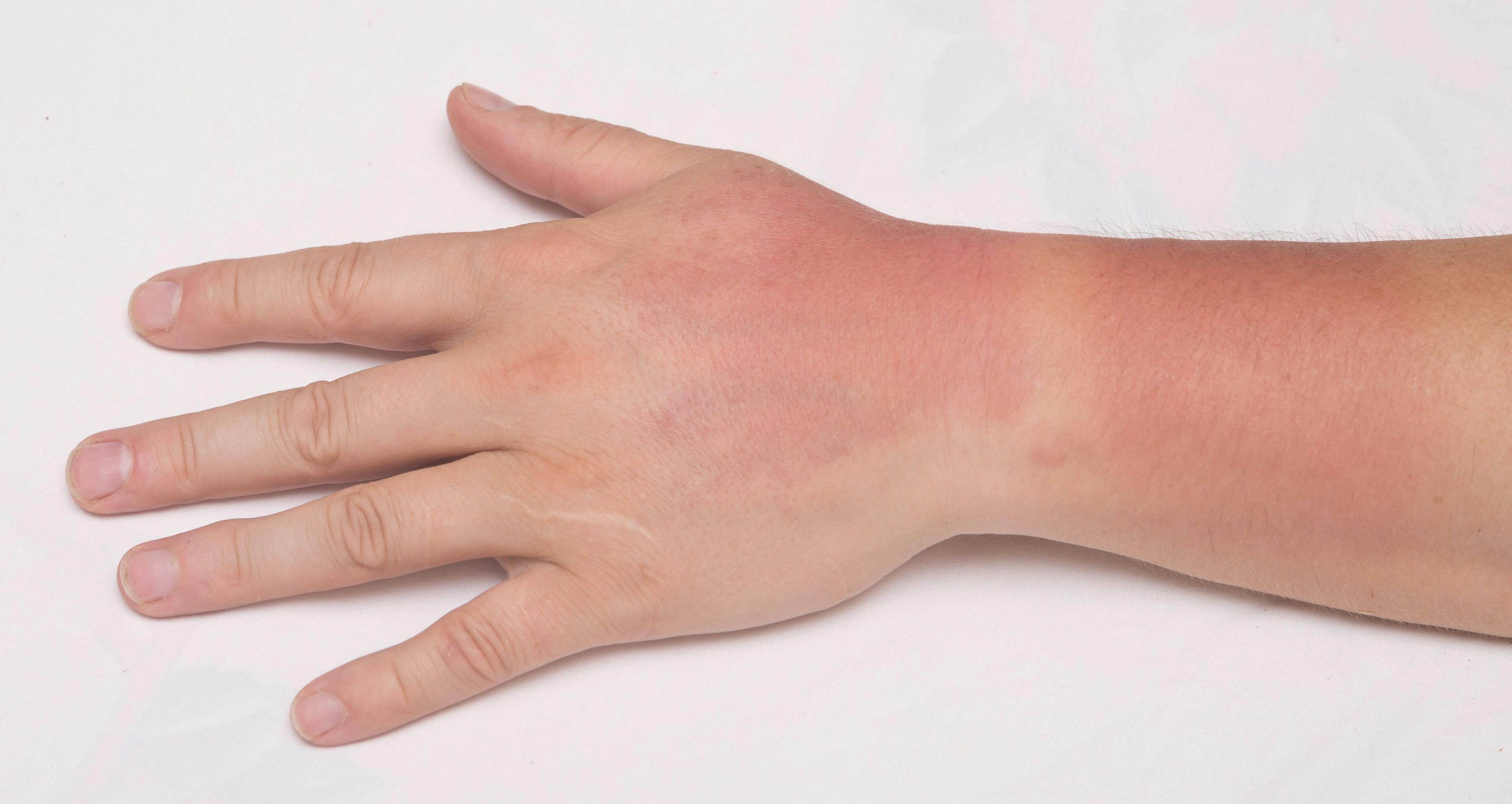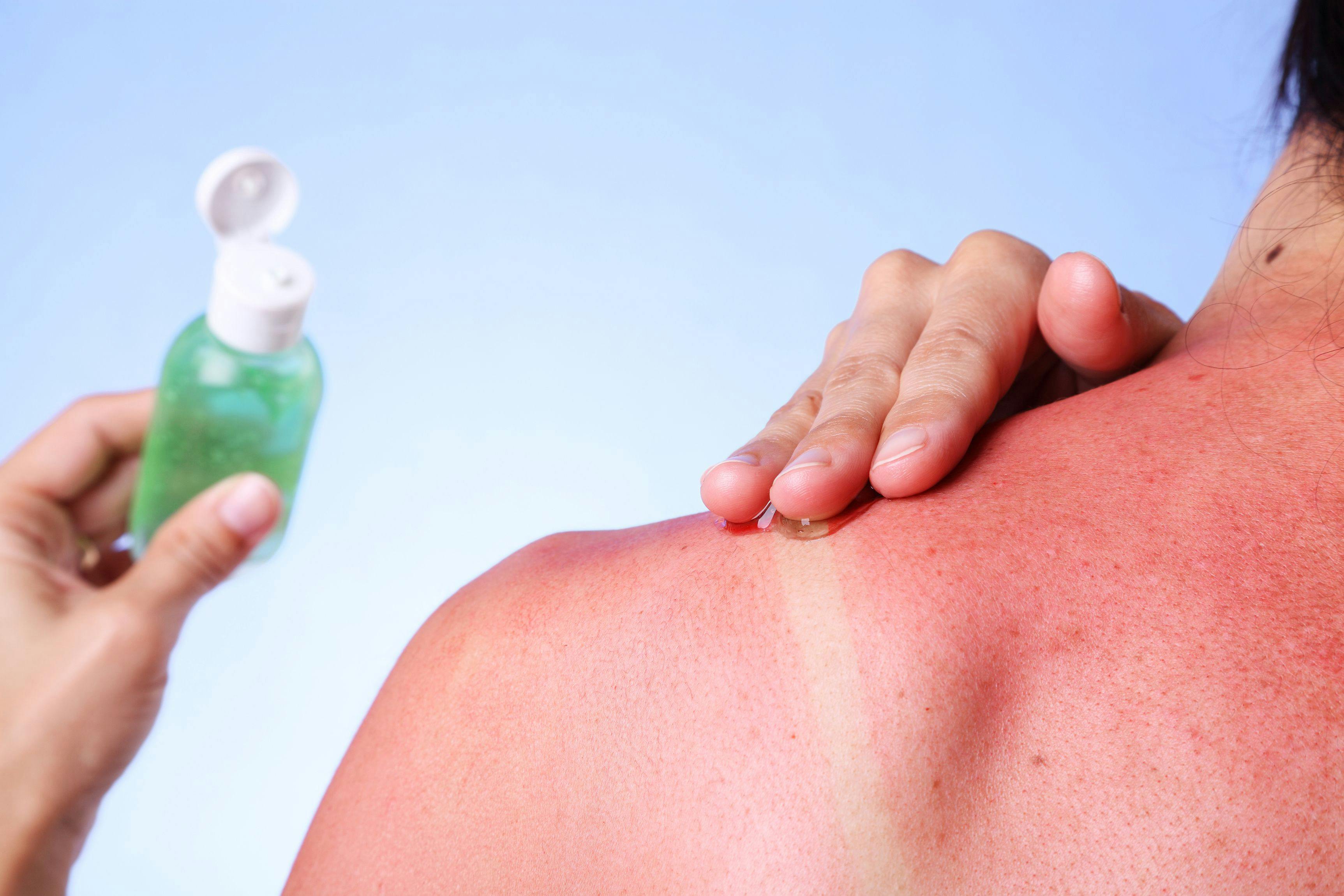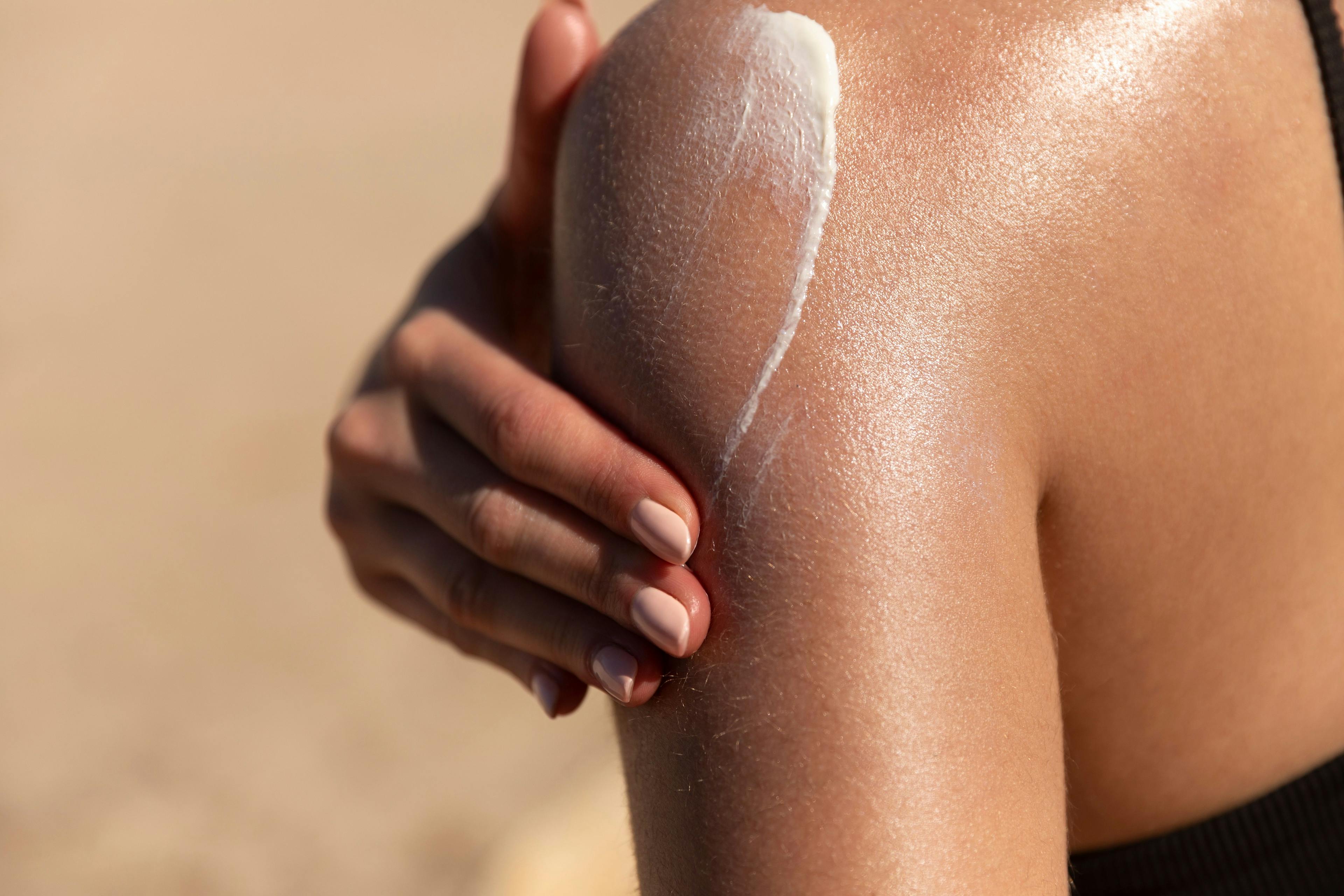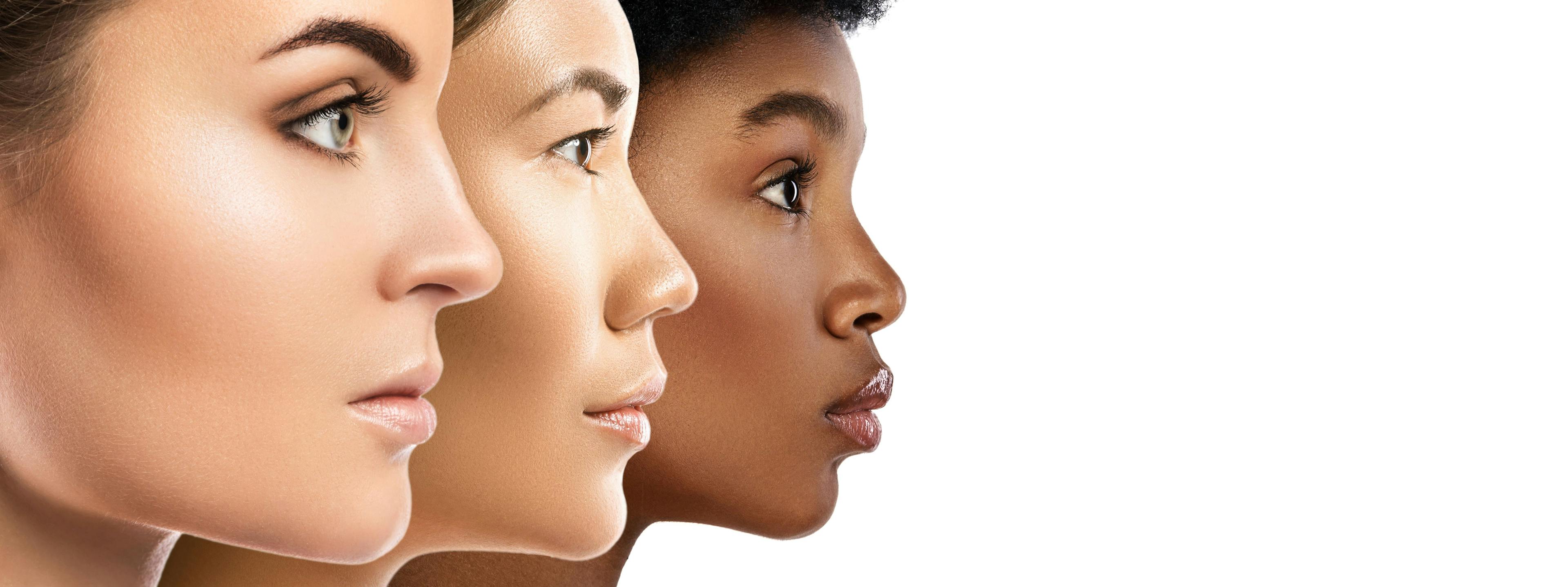- Acne
- Actinic Keratosis
- Aesthetics
- Alopecia
- Atopic Dermatitis
- Buy-and-Bill
- COVID-19
- Case-Based Roundtable
- Chronic Hand Eczema
- Chronic Spontaneous Urticaria
- Drug Watch
- Eczema
- General Dermatology
- Hidradenitis Suppurativa
- Melasma
- NP and PA
- Pediatric Dermatology
- Pigmentary Disorders
- Practice Management
- Precision Medicine and Biologics
- Prurigo Nodularis
- Psoriasis
- Psoriatic Arthritis
- Rare Disease
- Rosacea
- Skin Cancer
- Vitiligo
- Wound Care
Publication
Article
Dermatology Times
Preparing Patients for the Summer Sun: Special Issues in Photosensitivity
Author(s):
Leading clinicians discuss sun protection and special issues in photosensitivity.
As the countdown to summer begins, so does the mountain of questions from patients about safe and effective sun protection products and strategies. Because these conversations may be difficult, Dermatology Times® invited leading clinicians to support you as you support your patients.

Renata Block, MMS, PA-C, is a board-certified physician assistant at Advanced Dermatology & Aesthetic Medicine in Chicago, Illinois.
Christopher Bunick, MD, PhD, is an associate professor and physician-scientist practicing general medical and surgical dermatology at Yale University in New Haven, Connecticut.
Doris Day, MD, is a clinical associate professor of dermatology at the New York University Langone Medical Center in New York, New York.
Corey Hartman, MD, is the founder and medical director of Skin Wellness Dermatology and an assistant clinical professor of dermatology at the University of Alabama School of Medicine in Birmingham, Alabama.
Special Issues in Photosensitivity
Special recommendations may be needed for patients based on their medications, disorders, and alcohol consumption, the panel noted. For instance, acne medications such as doxycycline and isotretinoin might make patients more photosensitive, they said. “For patients prone to acne, [suggest they] look for the sports block gels, because they usually have more absorbed sunscreen ingredients,” Day said. Similarly, for patients prone to eczema, she said to suggest they look for sunscreens that include ceramides and hydrators. “The sun is immunosuppressive, so if you have psoriasis or eczema, we use UV rays to help suppress the immune system locally to calm the skin down.”
Hartman added that blood pressure medications (eg, hydrochlorothiazide) can make skin more reactive to sunlight, darkening, discoloration, and burning. Race, sex, and how long hydrochlorothiazide has been in the system [also] plays a role. In a recent study of 19,079 adults, Anna Chien, MD, FAAD, an associate professor of dermatology and vice chair of quality, safety, and service at Johns Hopkins University School of Medicine in Baltimore, Maryland, found that hydrochlorothiazide caused increased odds of sunburn for non-Hispanic Black individuals, particularly women.1 Conversely, non-Hispanic White men experienced lower odds of recent sunburn, and they found that non-Hispanic White women experienced no difference in odds of recent sunburn. The study also found that the risk of sunburns was the highest within the first 3 years of taking hydrochlorothiazide.
“There are a lot of studies showing that a Mediterranean diet does give added photoprotection,” Day said. One of the most cited studies on the Mediterranean diet was conducted by Niva Shapira, of Tel Aviv University. Shapira studied the diets in Mediterranean regions, where melanoma rates are extremely low, and found that foods rich in antioxidants and omega-3 fatty acids, such as olive oil, fish, yogurt, and colorful fruits and vegetables, can fight the oxidizing effect of the sun.2 “On the flip side, high-processed foods, sugars, and simple sugars increase inflammation and may affect [the] ability to fight the damage from UV rays. There [aren’t] as much data on that as there [are] on the protective effects of a good diet,” Day said.
Diet may also influence photosensitivity. For example, juices from citruses and celery can make the skin more sensitive to UV rays if they are not washed off right away, because they contain furocoumarins, which is an organic chemical compound that can make skin more sensitive to the sun and worsen the effects of sunburn.3 Furthermore, lemons and limes squeezed into water, margaritas, and other popular cocktails can drip onto skin and affect photosensitivity. If the hands are not rinsed within approximately 30 minutes, the skin touching the juices becomes more sensitive to UV for 24 hours. Both experts have seen burns that look like splash marks going up the thumb web to the wrist, resulting from the citrus exposure.
References
- Tsai J, Chien AL. Increased susceptibility to sunburn with hydrochlorothiazide is influenced by race/ethnicity, sex, and treatment duration: results from the National Health and Nutrition Examination Survey, 2009-2018. J Am Acad Dermatol. 2022;86(5):1145-1148. doi:10.1016/j.jaad.2021.04.044
- Shapira N. Nutritional approach to sun protection: a suggested complement to external strategies. Nutr Rev. 2010;68(2):75-86. doi:10.1111/j.1753-4887.2009.00264.x
- Hankinson A, Lloyd B, Alweis R. Lime-induced phytophotodermatitis. J Community Hosp Intern Med Perspect. 2014;4(4):10.3402/jchimp.v4.25090. doi:10.3402/jchimp.v4.25090
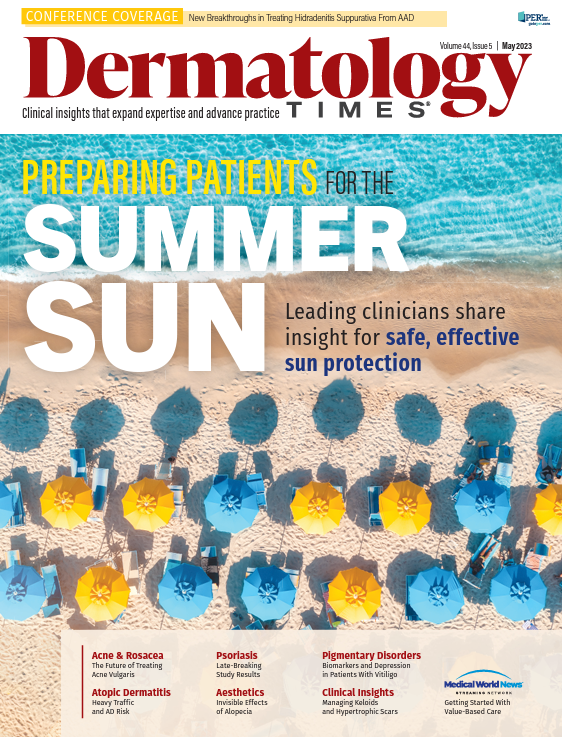
Newsletter
Like what you’re reading? Subscribe to Dermatology Times for weekly updates on therapies, innovations, and real-world practice tips.




